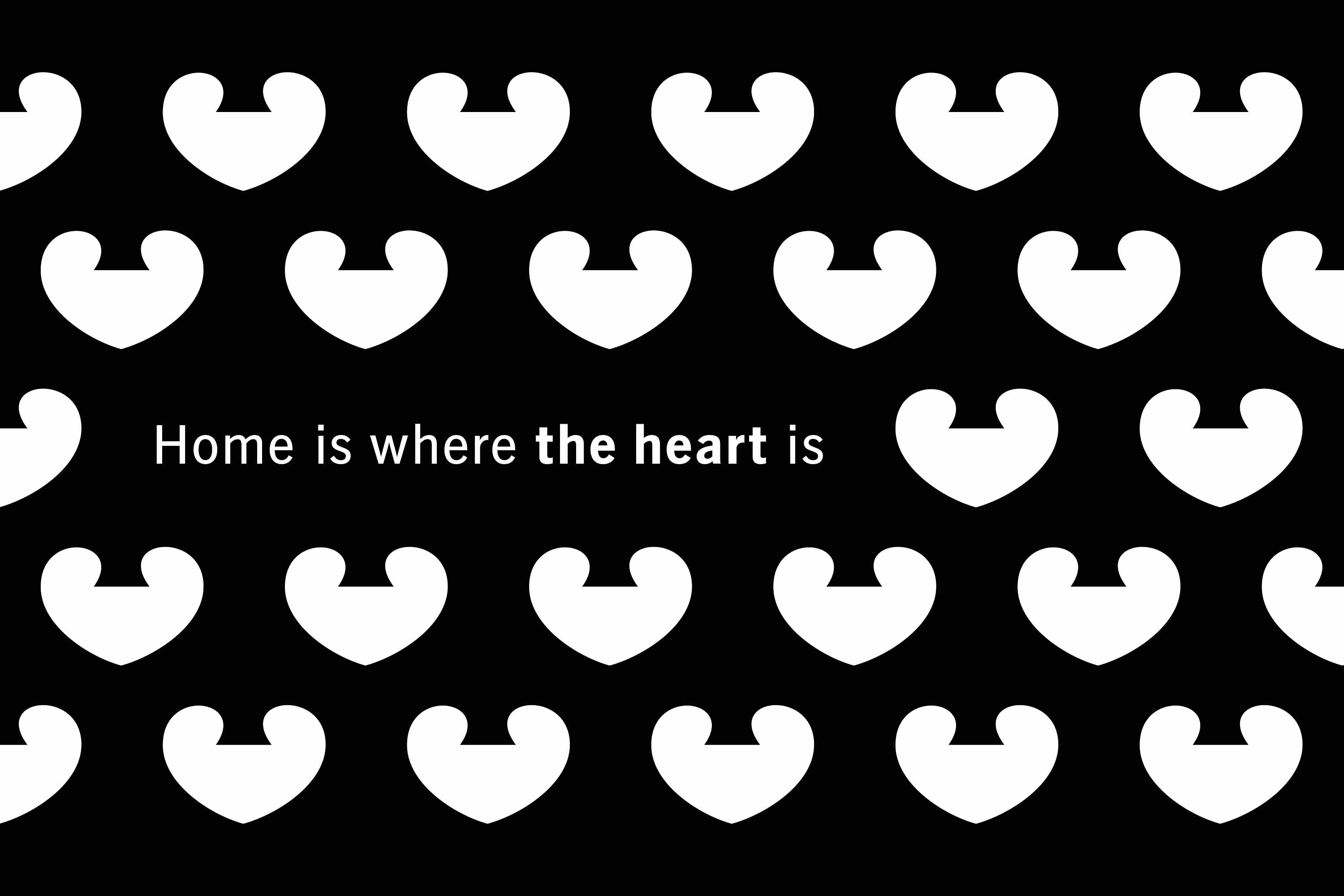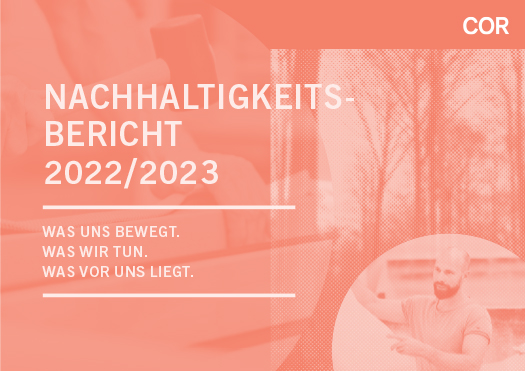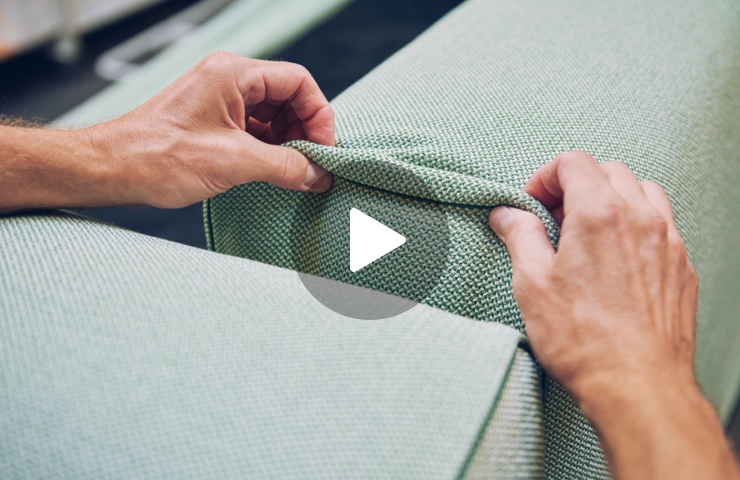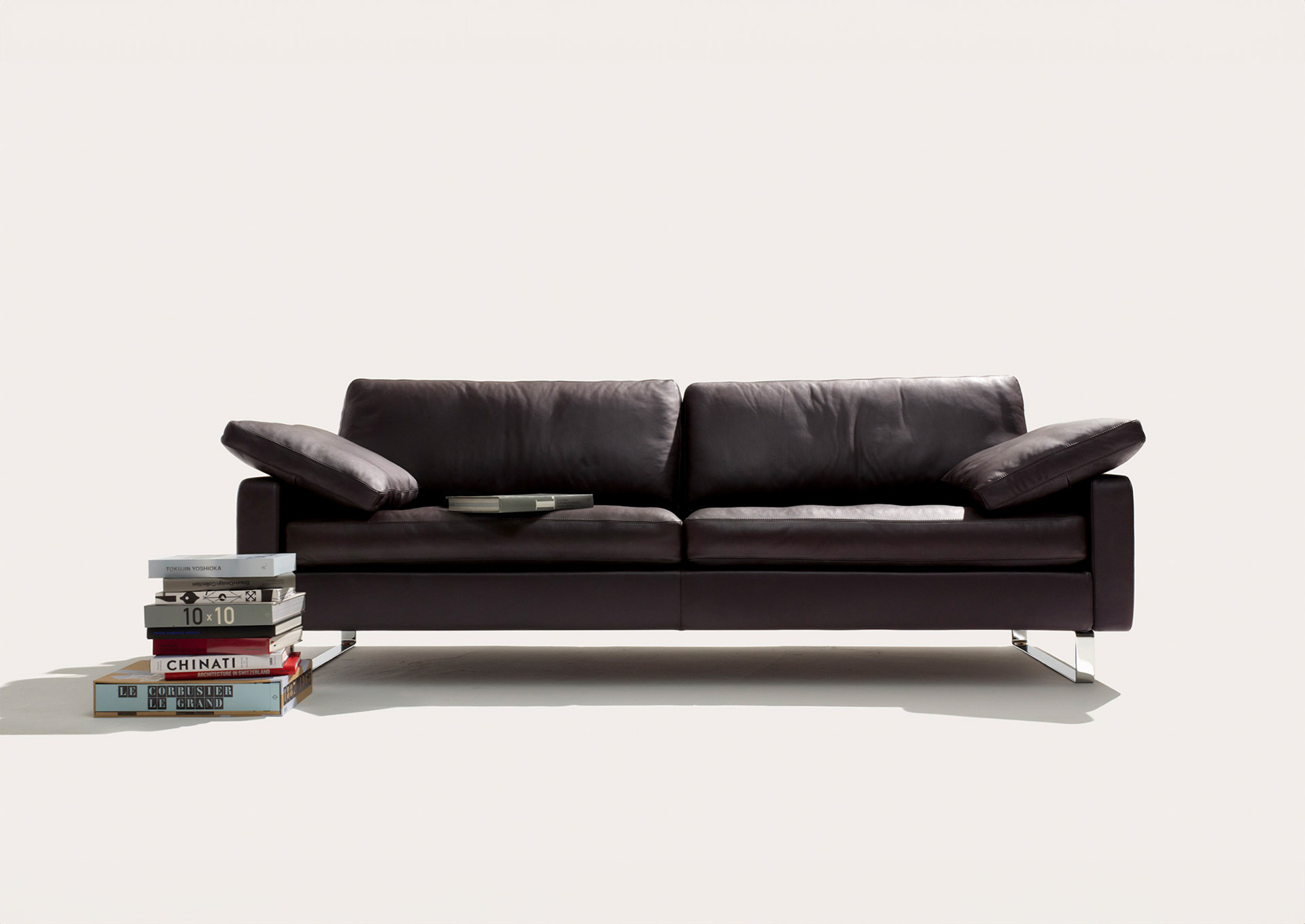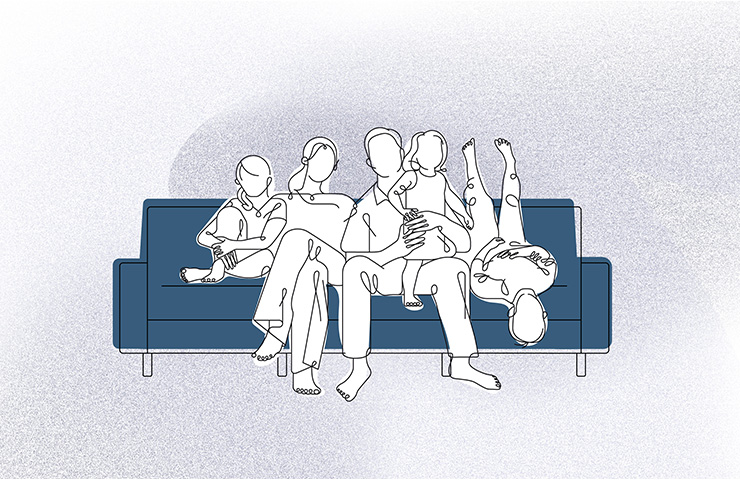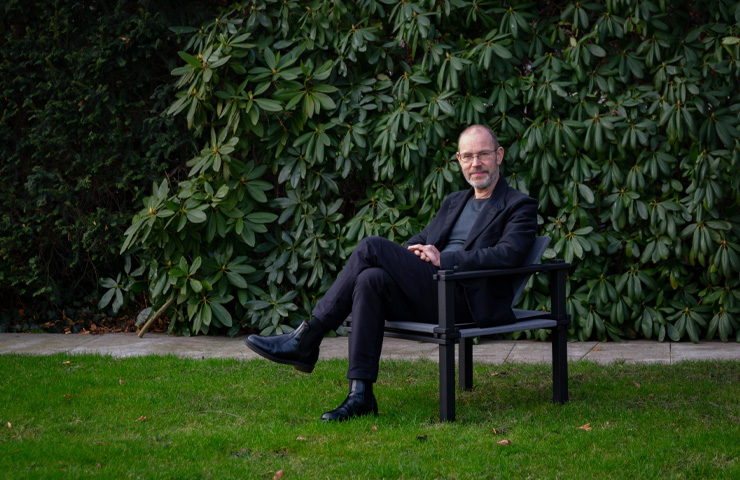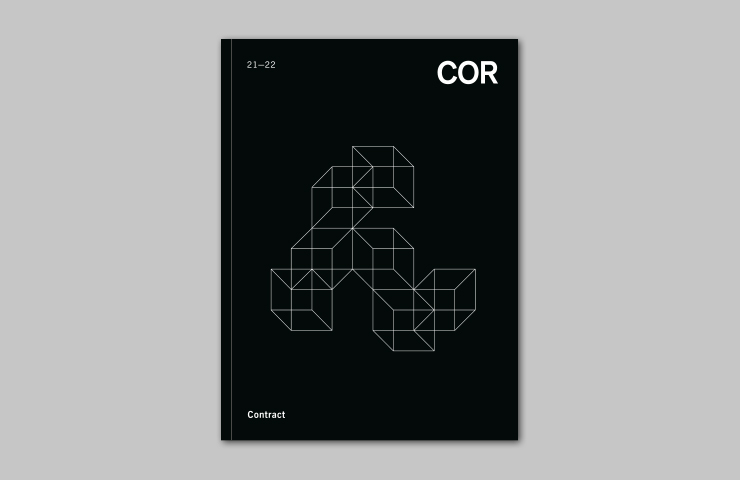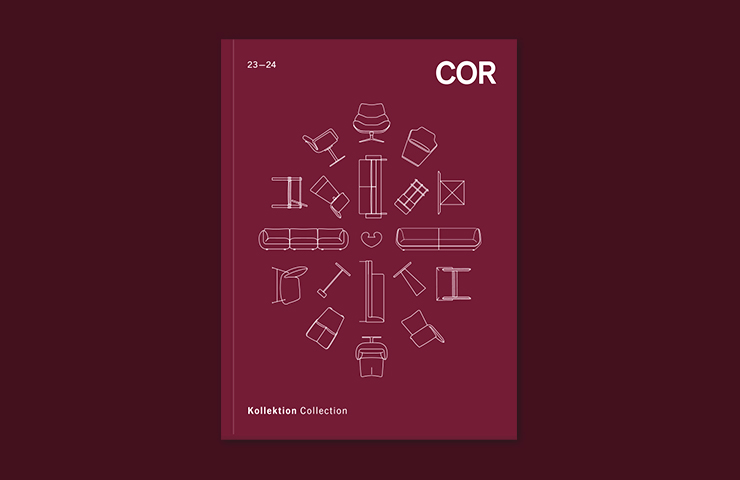Interview
Putting the question:
an interview
with Leo Lübke
Designer Gerd Lange is celebrating his 90th birthday this year. COR is rereleasing the 1965 Farmer Chair just in time for this milestone. Leo Lübke explains how this came to be and why he appreciates the chair.
Mr Lübke, at COR you have launched a rerelease of the Farmer Chair and the matching table by Gerd Lange. The two were first released through Bofinger in Stuttgart in 1965, together with a bed and a cabinet. Did the range find success back then?
I also wondered this. Though I am unsure if it was a smash hit, it was at least successful for an extended period of time, especially among artists, academics and creatives. Nonconformists loved it because it was so unpretentious. Simple and yet refined; it was fascinating back then, and I still find it fascinating today. The range was also well received in France – Gerd Lange is a committed Francophile and lives on the Alsatian border.
How did you have the idea of rereleasing the Farmer Chair?
There is a long story behind it. It starts with me growing up on that piece of furniture. My parents had the chair on their terrace. We had a modern house, a purist bungalow with a corrugated-iron roof visible from inside. Put simply, it was very slimmed down and unadorned, and then there were these red Farmer Chairs on the roofed-over terrace. I found it great how you could tilt the backrest – forwards when grandma was over for a visit, backwards when my tall uncle came by. This plain, quadrangular shape radiated such calmness, simplicity and reasonableness. Childhood images like these are hard to shake off. The chairs disappeared later on at some point when my mother gave them away.
And what brought you back to the Farmer Chair?
For a long time, I thought this chair – which I originally did not know was called “Farmer” – had also been designed by Helmut Bätzner. I found out through coincidence that it came from Gerd Lange, and not Bätzner at all. I thought to myself, “Jeez, Gerd Lange, he did a lot of work for a lot of renowned German and international manufacturers in those days.” So, I started to dig and burrow around and found something out: Gerd Lange was still alive.
How did you find him?
I looked him up in the phone book and there he was, listed completely regularly in the Palatinate telephone directory. I rang him up and his wife answered the phone. I said I wanted to rerelease her husband’s Farmer Chair. She said, “The design is available, but there’s one thing I will tell you: we need royalties!” (laughs) Of course, I was not looking for gifts and it was their well-earned right. He then came on the phone and asked very sceptically, “I know a little about COR, though we were never in contact unfortunately. But what would you want with this chair from 1960s?”
That is understandable, COR deals in a different type of furniture usually.
Yes, in plush cushioning and cosiness. After all, we were called “COR Comfortable Seating” for many years. However, I should also point out that the Farmer Chair is an extremely comfortable seat, realised in a very minimalist way.
The Farmer Chair was originally not an outdoor furnishing, was it? It was a practical, simple piece of furniture for any kind of hang-out, for students, artists, creatives – you said so yourself.
For me it was an outdoor furnishing because I grew up with it outside. We of course had COR in the living room, anything else was not allowed and would have been sacrilege, that much was clear. That is why the Farmer was a piece of outdoor furniture for me. Only in conversation with Gerd Lange did I learn that was not the thought behind it. He simply made the chair and had been excited by the idea of slotting the pieces into each other. He made ready-to-assemble furniture long before Ikea did, it was his concept; I found all of this inspiring. I also thought, “If COR were to make outdoor furniture – a request continually made of us – then it would have to be furniture made of wood.” We do great woodwork, all our base frames are made of solid beech and we use the leftover material for environmentally friendly heating at our company. Many outdoor furnishings these days are made of aluminium, then they have these outdoor cushions on and around them and so on. I do not think it suits COR. However, Gerd Lange said, “Firstly, the chair is not outdoor furniture. Secondly, it is much too simple for COR. What do you want with it?” Yet the chair is a manifesto, a manifesto of simplicity, a manifesto of modesty. If we take environmental protection seriously and think about reducing carbon emissions, the Farmer Chair makes a statement that is a perfect fit for today’s world.
In this case, retro is future. The chair was created in a time when much was bursting open and setting itself in motion. In fact, the post-war era in Germany only really came to an end in the 1960s, including in terms of housing. There was a new mentality, people wanted to sit differently – new colours and materials – and a different design language was created. Are things like these becoming important again today?
Yes, that is exactly how I see it with this furniture. When it comes to many other things from that era, I would never have come upon the idea of rereleasing them. However, with the Farmer Chair I felt we needed something like it. And, of course, it also suits COR thanks to its simplicity and lack of adornment. It has something of a Rietveld chair about it, as well as something Japanese – and it remains purely functional at the same time, too. Lange did not want to create a poetic design; he devised the chair as something with very refined functionality and craftsmanship, but there is poetry in it as well. There is almost something decorative about the points where the pieces connect, even if Lange did not want to design a decorative object. I love designs that are created without prompting, where the designer peels away the cover to reveal the form beneath. What’s more, it is a lightweight design which uses little material and, accordingly, is a wonderful fit for the values that we represent. I believe it even suits the COR design language. We have a few archetypes such as the Trio range from Team Form AG, simple blocks of foam cushion that the backrest is laid on, radically simple. And very innovative when it was put on the market. The same applies to the Farmer Chair, where the snap-together concept is just as innovative as the sales concept, long before Ikea did it.
Easy to disassemble, easy to transport, hardly any packaging: these are all concepts from the modern era. Was it reckless to criticise the modern era as too plain and formalist? Do people now recognise how problematic it is to rely on emotionalism in design and marketing? Do we need to concentrate more strongly on the essential again?
That is how I see things, and that is how I see things for COR. It is also why I say this chair is a manifesto. It stands for so many things that we need today. Everybody thinks what Greta Thunberg is doing is great, but hardly anyone says, “Let me take a hard look at myself. How do I actually live? What is my housing like?” People do not have to immediately start wearing burlap sacks to stop carbon emissions; it is possible to lead a reasonable, low-emissions life without having to make true sacrifices, and I see this reasonableness in Lange’s chair. Many furniture retailers probably do not immediately see this. They say, “You want to sell a minichair like that now? Others are doing gigantic seating arrangements for the garden; that is what I would have expected from COR. It is madness to make such a tiny little perch these days!” But when we do not stick to the tried and tested, nothing new gets created either. Some design icons stand for a specific era; the Farmer Chair, however, still has a raison d’être today.
Something that was good yesterday has proved to be innovative in today’s social context. Do rereleases show that something can strike the spirit of the times after a delay?
When other new things constantly push out the old, there is no space left for truly good things to develop. That is a dilemma which is not so easy to avoid. It is a shame that the furniture industry is increasingly following in the footsteps of the fashion industry. I have great respect for fashion designers, please do not get me wrong. It is an outstanding achievement to design multiple collections every year and ask, “How do people feel about life? How do people want to show themselves off at the moment?” Clothing is always a statement and furniture is always a statement, too. People say a lot about themselves with it, even if they do not change their furnishings as often as they buy trousers and jackets. I have to think in longer intervals and we in the furniture industry do not pay enough attention to that.
How do you think the younger generation will react to the chair?
My children find everything about it excellent, though whether it will become a success is hard to say. I must also keep an obligation towards Gerd Lange, who told me, “You know what, I have reached an age where I do not want another flop.” That is of course something I cannot guarantee. The megatrend is pointing in a different direction, even though the youth of today is quite rightly concerned about the environment and climate change.
THIS IN AN EXCERPT FROM THE INTERVIEW WITH THOMAS WAGNER. SEE COMPLETE INTERVIEW PUBLISHED 25TH JANUARY 2021 AT ndion.de/en
